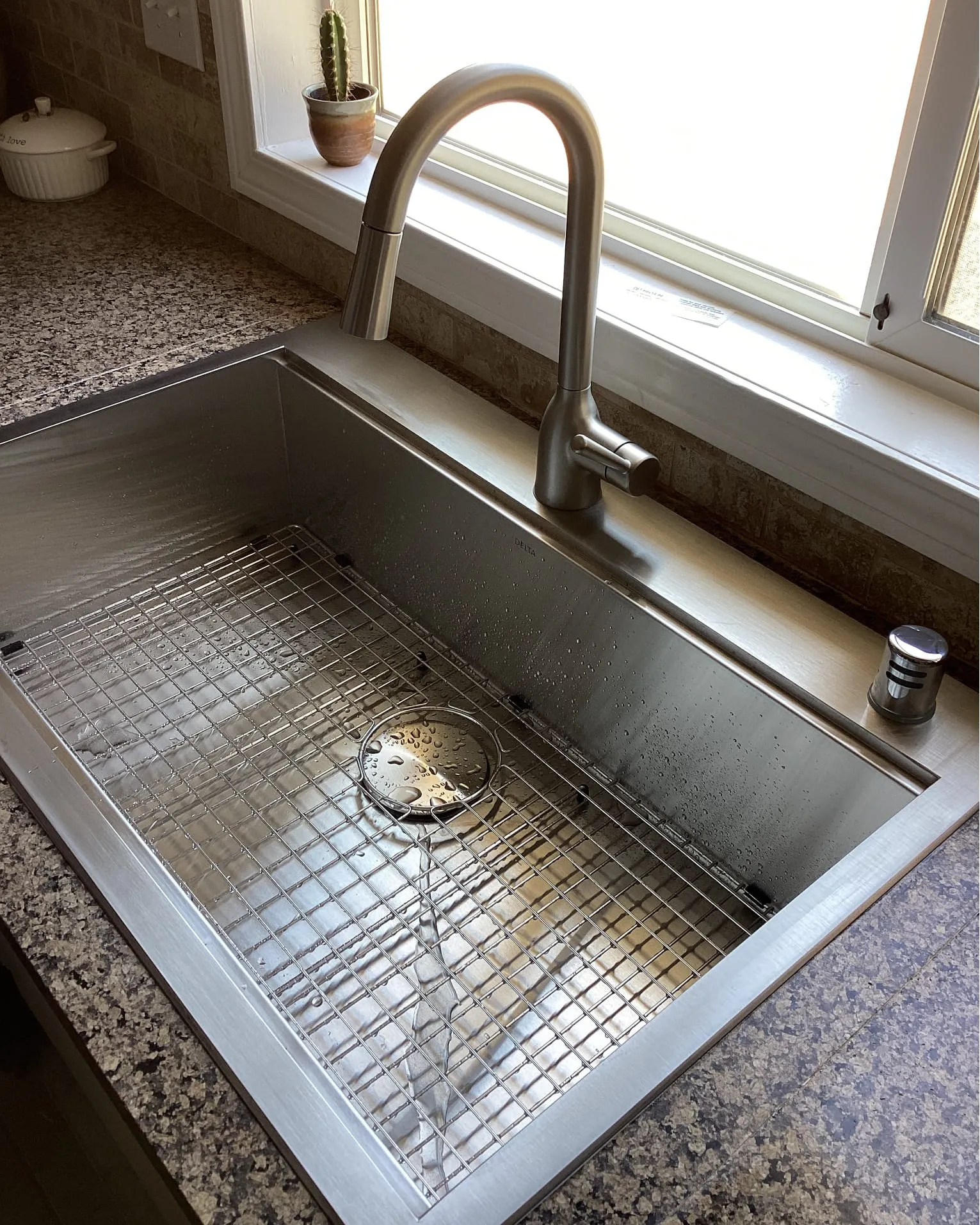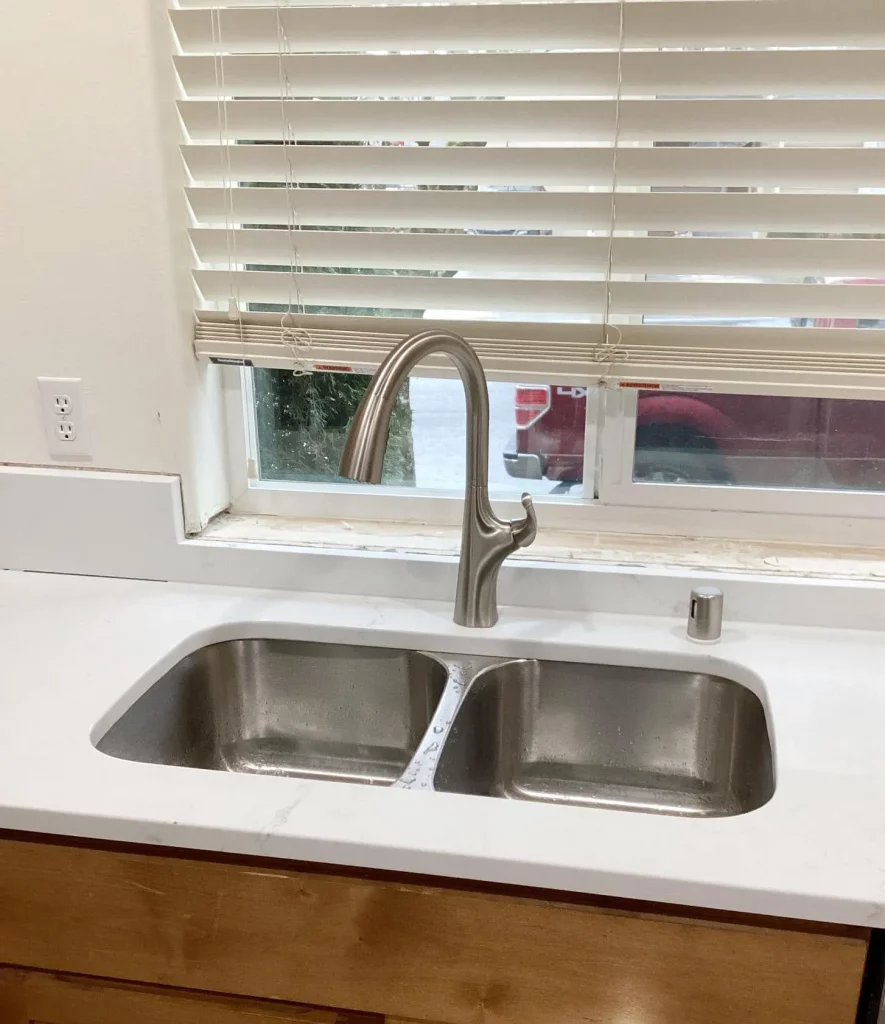
The humble plunger is a simple yet effective tool for breaking clogs in sinks, tubs and toilets. This handy tool is easy to use. You can make the most of its power if you understand how it works. Ready to dive in? Here’s what you need to know.
Never use a plunger with drain chemicals. Water will splash as you work, and the chemicals can spatter, burning skin and eyes. It’s a good idea to use rubber gloves and wear safety goggles when you work on a clog.
Plungers come in two different styles. Sinks, bathtubs and showers require a cup plunger. Like its name suggests, the rubber end is shaped like a cup. Use a flange plunger on toilets. These plungers have a rubber funnel extending from the cup. A plunger needs to be big enough to cover the drain.

Whether you’re working on a sink, shower, tub or toilet, a plunger needs water to make a tight seal. A tight seal is required to chase out a clog. Make sure the bottom few inches of the cup is submerged. Remove excess water. Too much water will hinder work and make a mess. You can lay down rags or towels if you’re worried about water splashing on the floor or counter.
Clogs that are unmoved by a plunger are stubborn indeed. More aggressive drain-clearing techniques can be tricky and hazardous. Chemicals, snakes and other devices require know-how. There’s no shame in calling a professional if plunging fails to fix what ails your drain.
Simpson Plumbing offers 24-hour emergency service in the Vancouver area. Give us a call at (360) 954-2041. Our friendly plumbers are ready to help!